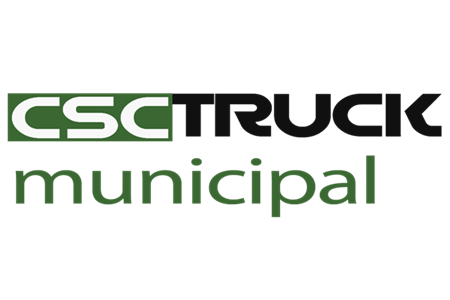Introduction:
Sewage trucks, also known as vacuum trucks or sewer cleaners, play a vital role in maintaining public health and sanitation. These specialized vehicles are designed to collect and transport sewage, wastewater, and other liquid waste from various sources. Over the years, sewage trucks have undergone significant advancements in design and technology, evolving from simple manual systems to highly efficient and sophisticated machines. In this article, we will explore the history of sewage trucks, from their early designs to the modern innovations that have revolutionized this essential industry.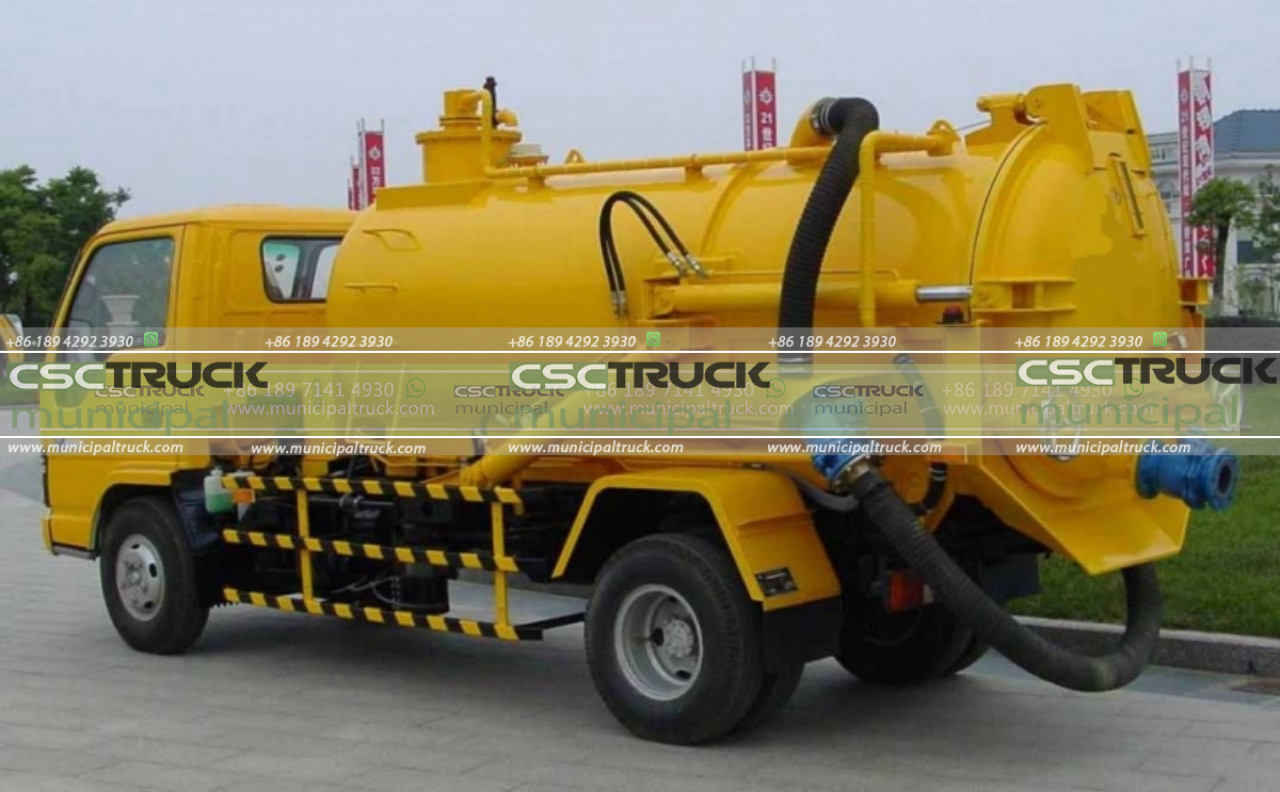 Early Designs and Development:
Early Designs and Development:
The concept of removing sewage waste using vehicles can be traced back to ancient civilizations. In ancient Rome, for example, primitive sewage systems known as “cloaca maxima” were constructed to collect and transport wastewater. However, it wasn’t until the late 19th century that the first true sewage truck emerged.
The earliest sewage trucks were horse-drawn carriages equipped with tanks or barrels for collecting waste. These vehicles relied on manual labor to offload the waste at designated dumping sites. It was a labor-intensive and unsanitary process, as workers were exposed to hazardous substances and the risk of disease.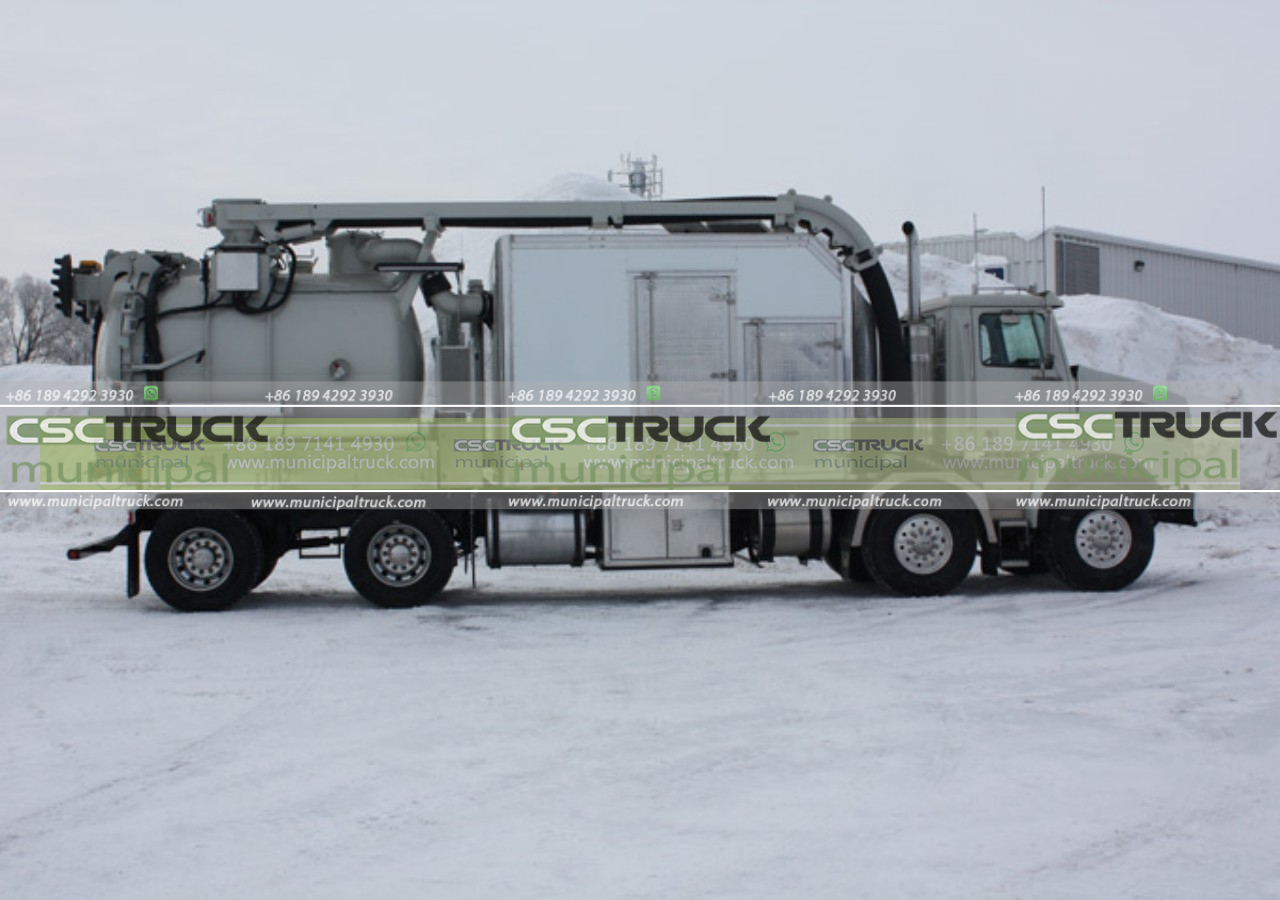 The Birth of the Modern Sewage Truck:
The Birth of the Modern Sewage Truck:
The true breakthrough in sewage truck design came with the advent of the internal combustion engine. In the early 20th century, motorized vehicles began replacing horse-drawn carriages, leading to the birth of the modern sewage truck.
One of the pioneers in this field was George W. Blickensderfer, an American inventor who patented the first motorized sewage truck in 1907. Blickensderfer’s design featured a vacuum system powered by a gasoline engine, capable of sucking up liquid waste from underground pipes. This innovation marked a significant milestone in the evolution of sewage trucks, as it eliminated the need for manual labor and improved efficiency.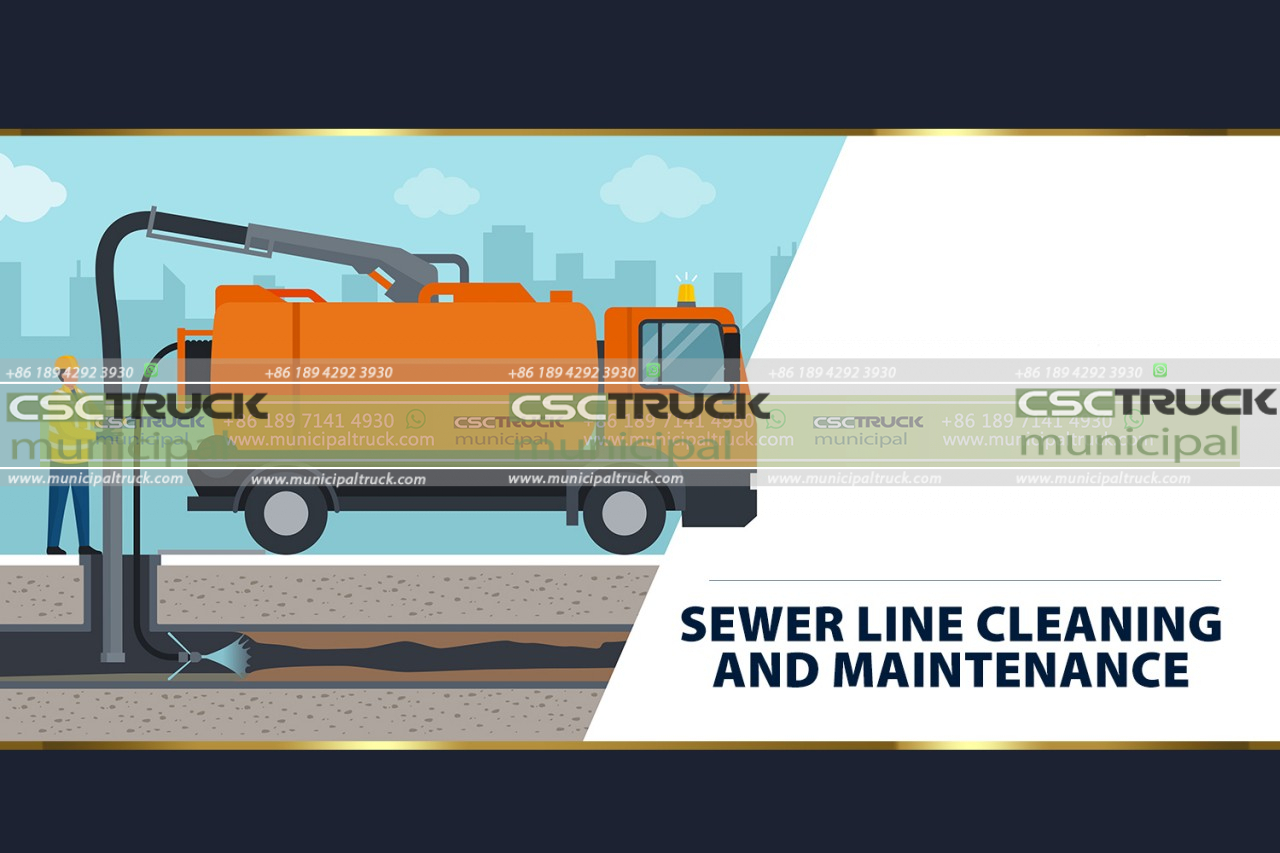 Advancements in Technology:
Advancements in Technology:
As the 20th century progressed, advancements in technology further enhanced the capabilities and efficiency of sewage trucks. One of the breakthroughs was the introduction of the positive displacement vacuum pump, which improved suction power and waste removal capacity greatly. These pumps created a vacuum by trapping and compressing air, allowing for more effective suction and faster waste collection.
Moreover, the development of hydraulic systems enabled the automation of various functions, such as opening and closing valves, lifting heavy loads, and emptying tanks. This not only increased efficiency but also improved safety for workers by minimizing their exposure to hazardous waste.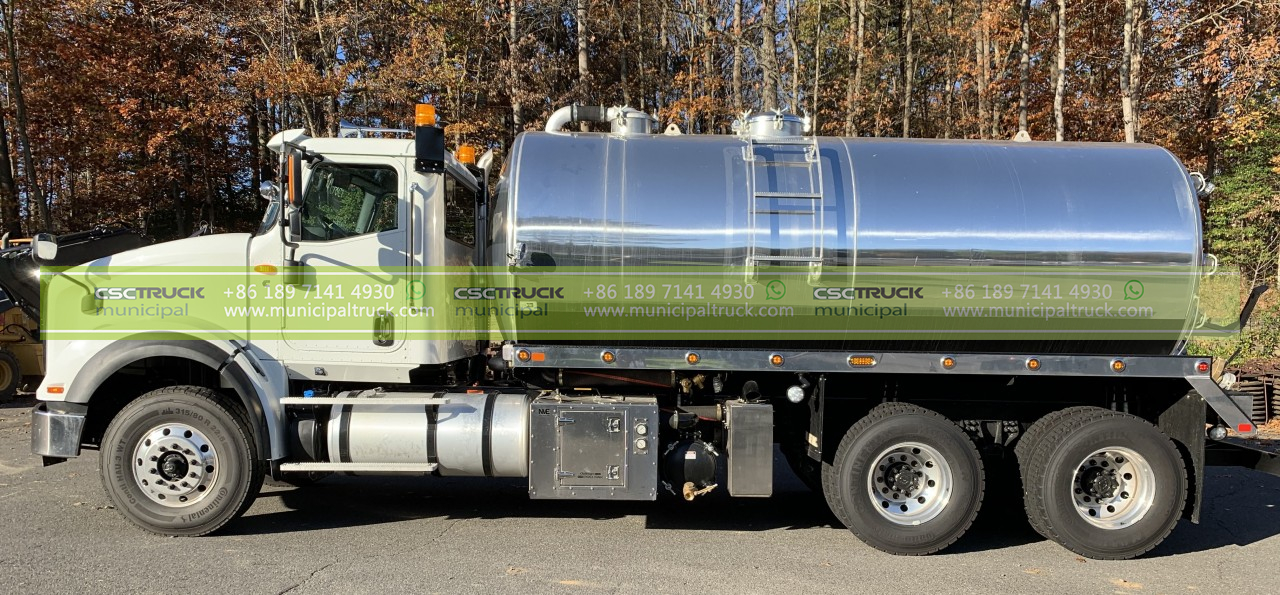 Modern Innovations:
Modern Innovations:
In recent years, modern innovations have propelled sewage trucks into a new era of efficiency and environmental sustainability. One of the significant advancements is the implementation of computerized controls and monitoring systems. These technologies provide real-time data on suction pressure, waste levels, and equipment performance, enabling operators to optimize operations and detect any issues promptly.
Another groundbreaking innovation is the introduction of high-pressure water jetting systems. These systems use pressurized water to break up blockages, remove debris, and clean sewer lines more effectively. The combination of vacuum and water jetting capabilities in a single truck has revolutionized the industry, allowing for a comprehensive and efficient cleaning process.
Furthermore, the focus on environmental sustainability has driven the development of alternative fuel options for sewage trucks. Electric-powered and hybrid models are becoming increasingly popular, offering reduced emissions and lower operating costs. These eco-friendly alternatives align with global efforts to combat climate change and promote a cleaner and greener future.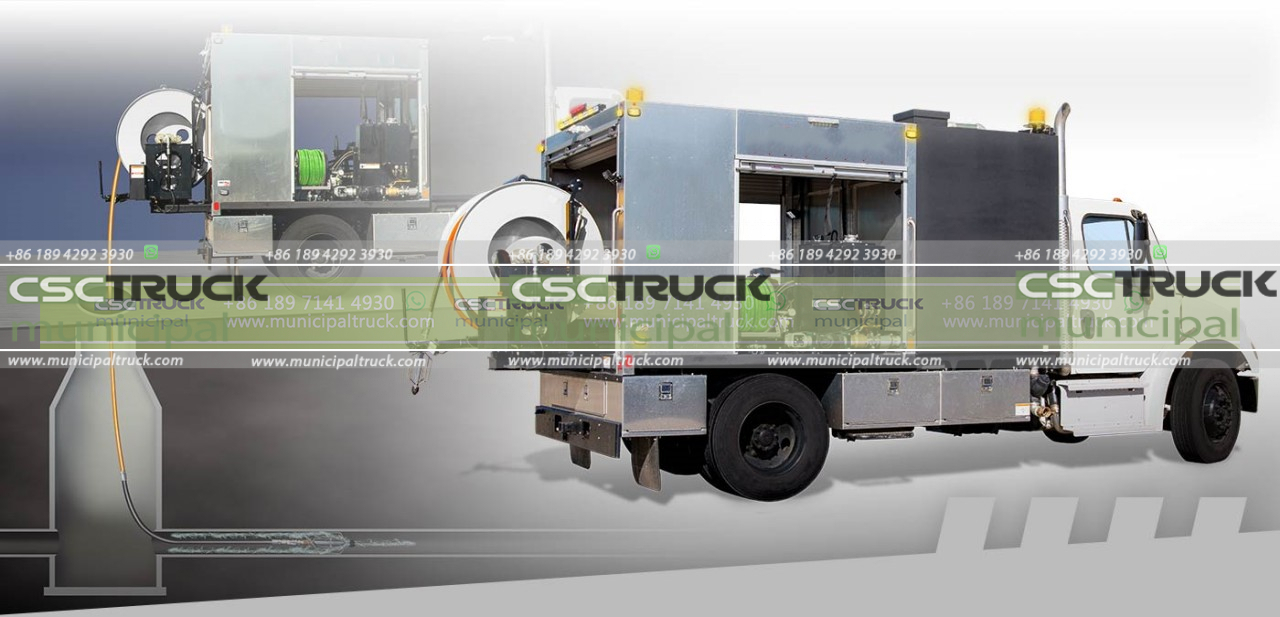 Conclusion:
Conclusion:
From the horse-drawn carriages of ancient times to the highly advanced and environmentally friendly machines of today, the evolution of sewage trucks has been truly remarkable. The journey from early designs to modern innovation has transformed the sanitation industry, making waste collection and disposal safer, more efficient, and more sustainable.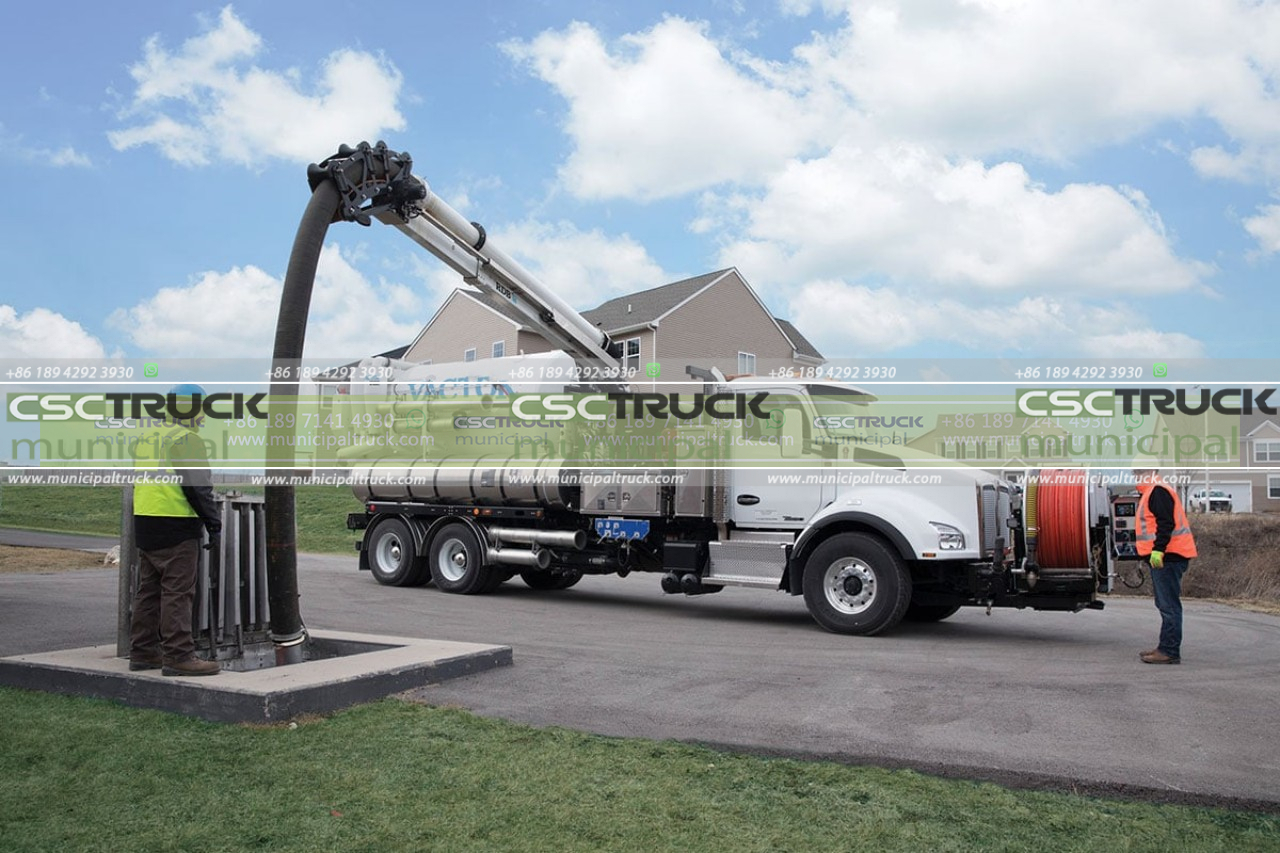 Through advancements in technology, such as powerful vacuum systems, hydraulic automation, computerized controls, and high-pressure water jetting, sewage trucks have become indispensable tools in maintaining public health and sanitation.
Through advancements in technology, such as powerful vacuum systems, hydraulic automation, computerized controls, and high-pressure water jetting, sewage trucks have become indispensable tools in maintaining public health and sanitation.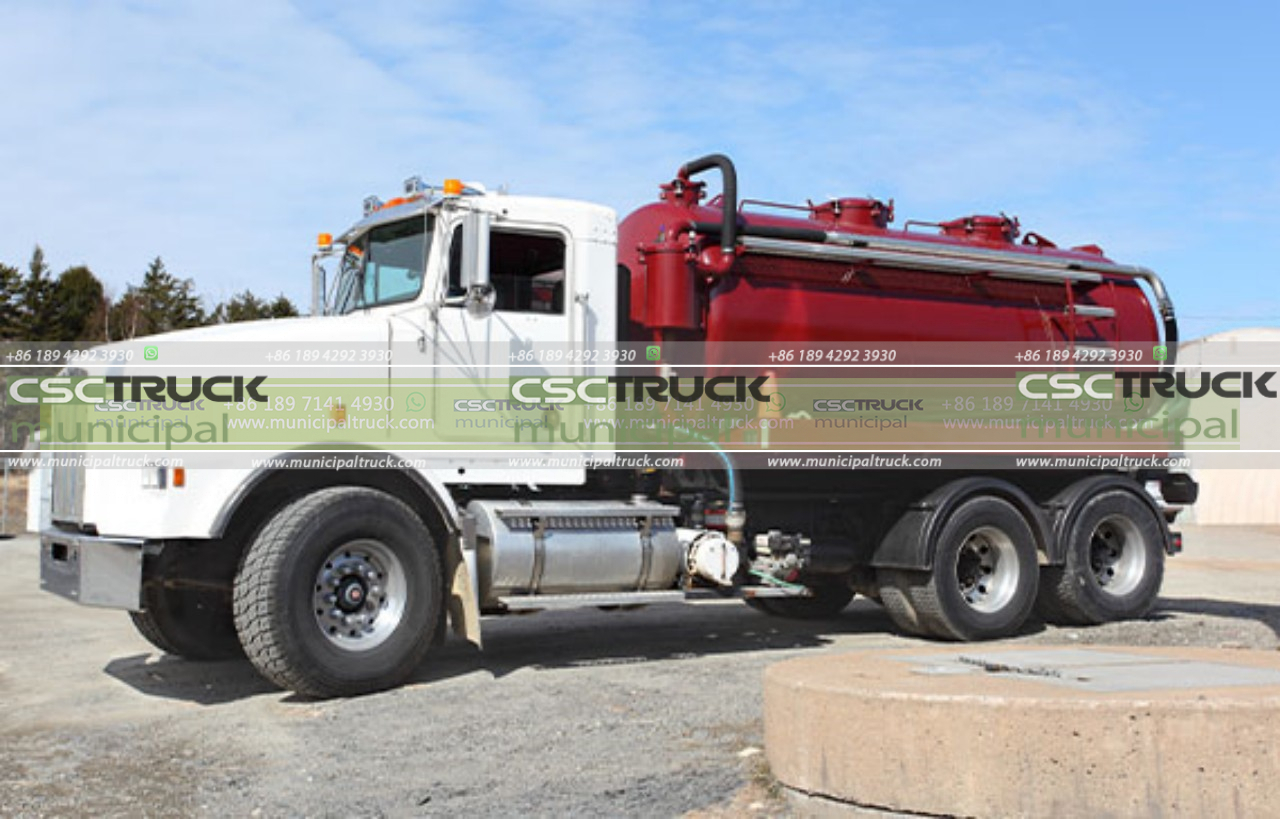 The history of sewage trucks demonstrates the importance of innovation and technological advancements in solving complex challenges. Early designs were primitive and relied on manual labor, exposing workers to hazardous conditions. However, with the introduction of motorized vehicles and the development of vacuum pumps, sewage trucks became more efficient and capable of handling larger volumes of waste.
The history of sewage trucks demonstrates the importance of innovation and technological advancements in solving complex challenges. Early designs were primitive and relied on manual labor, exposing workers to hazardous conditions. However, with the introduction of motorized vehicles and the development of vacuum pumps, sewage trucks became more efficient and capable of handling larger volumes of waste.
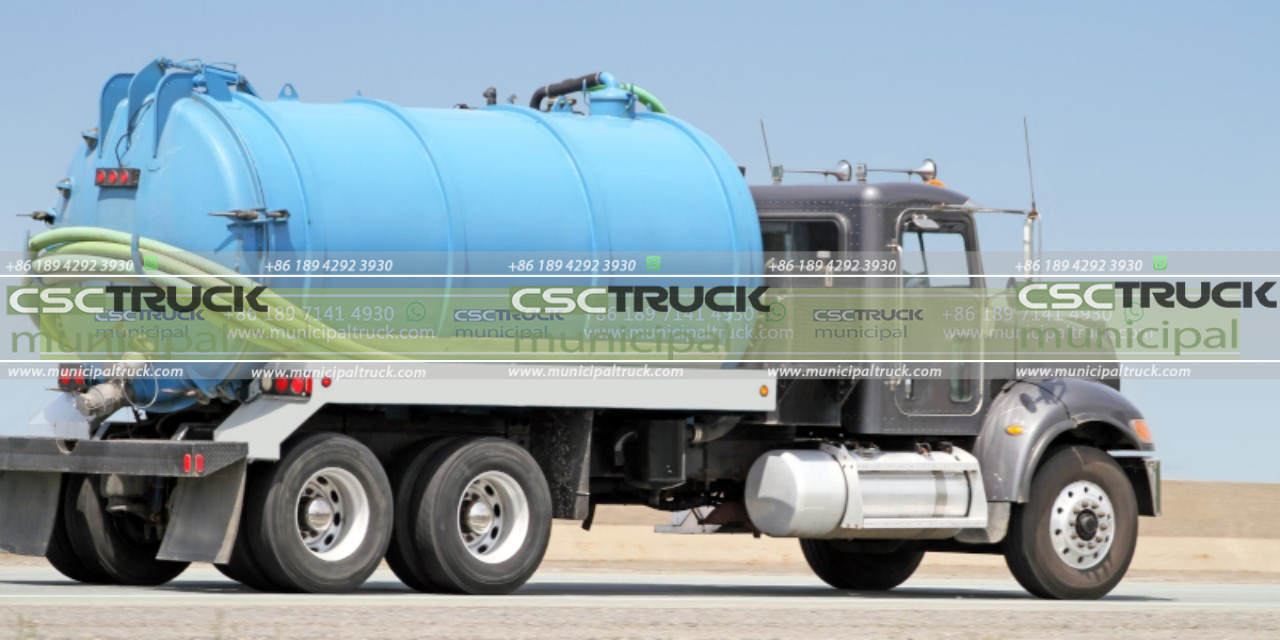
The integration of hydraulic systems further improved the functionality of sewage trucks, allowing for automated processes and enhanced safety measures. Workers no longer had to manually lift heavy loads or come into direct contact with the waste. The use of computerized controls and monitoring systems added a new level of precision and efficiency to sewage truck operations, enabling operators to optimize performance and quickly identify any issues.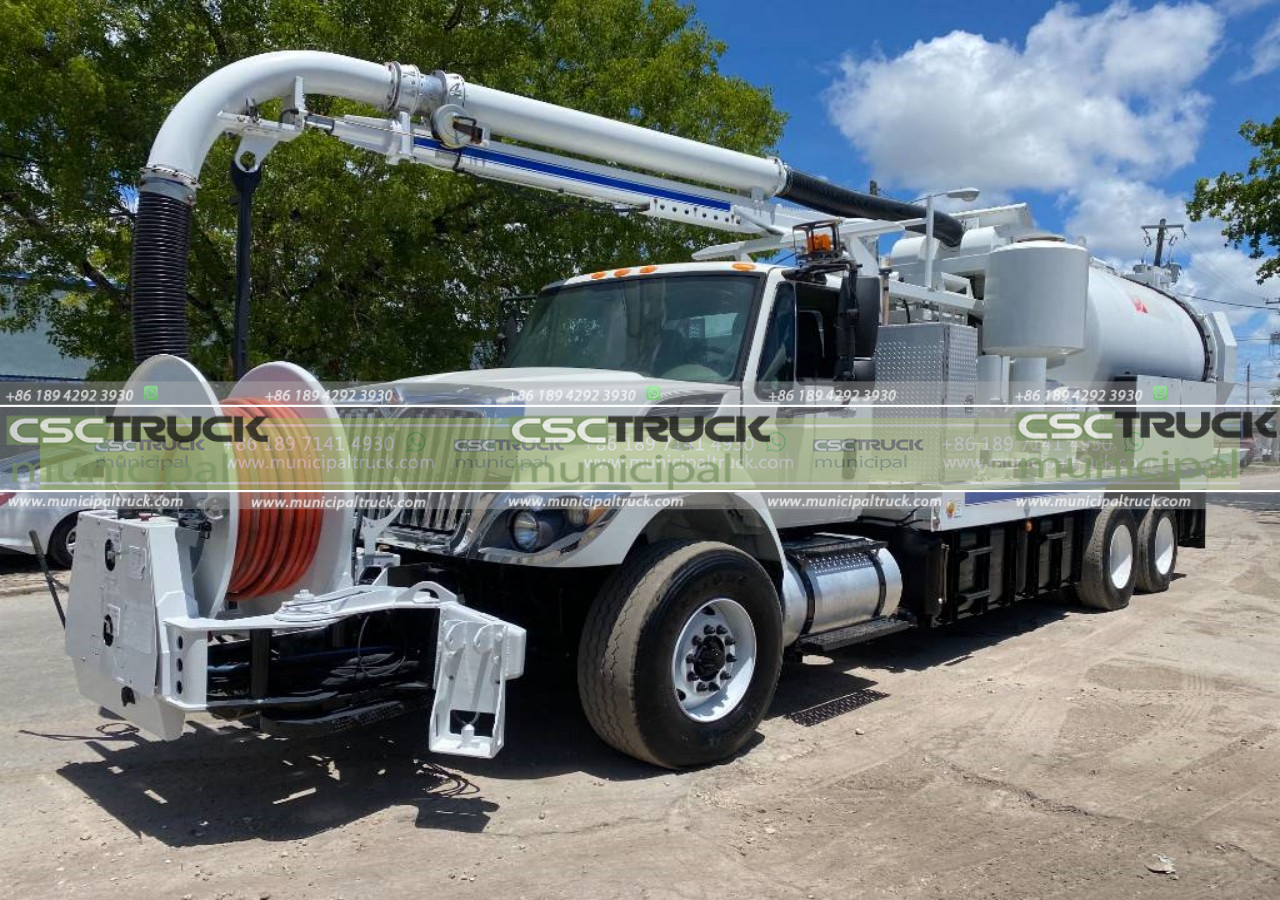 The introduction of high-pressure water jetting systems was a significant leap forward in the cleaning capabilities of sewage trucks. By harnessing the power of pressurized water, these systems can effectively remove blockages and clean sewer lines, ensuring proper functioning and preventing potential health hazards.
The introduction of high-pressure water jetting systems was a significant leap forward in the cleaning capabilities of sewage trucks. By harnessing the power of pressurized water, these systems can effectively remove blockages and clean sewer lines, ensuring proper functioning and preventing potential health hazards.
In recent years, the focus on environmental sustainability has driven the development of greener alternatives in the sewage truck industry. Electric-powered and hybrid models have emerged as eco-friendly options, reducing emissions and operating costs. This shift aligns with global efforts to mitigate climate change and promote a more sustainable future.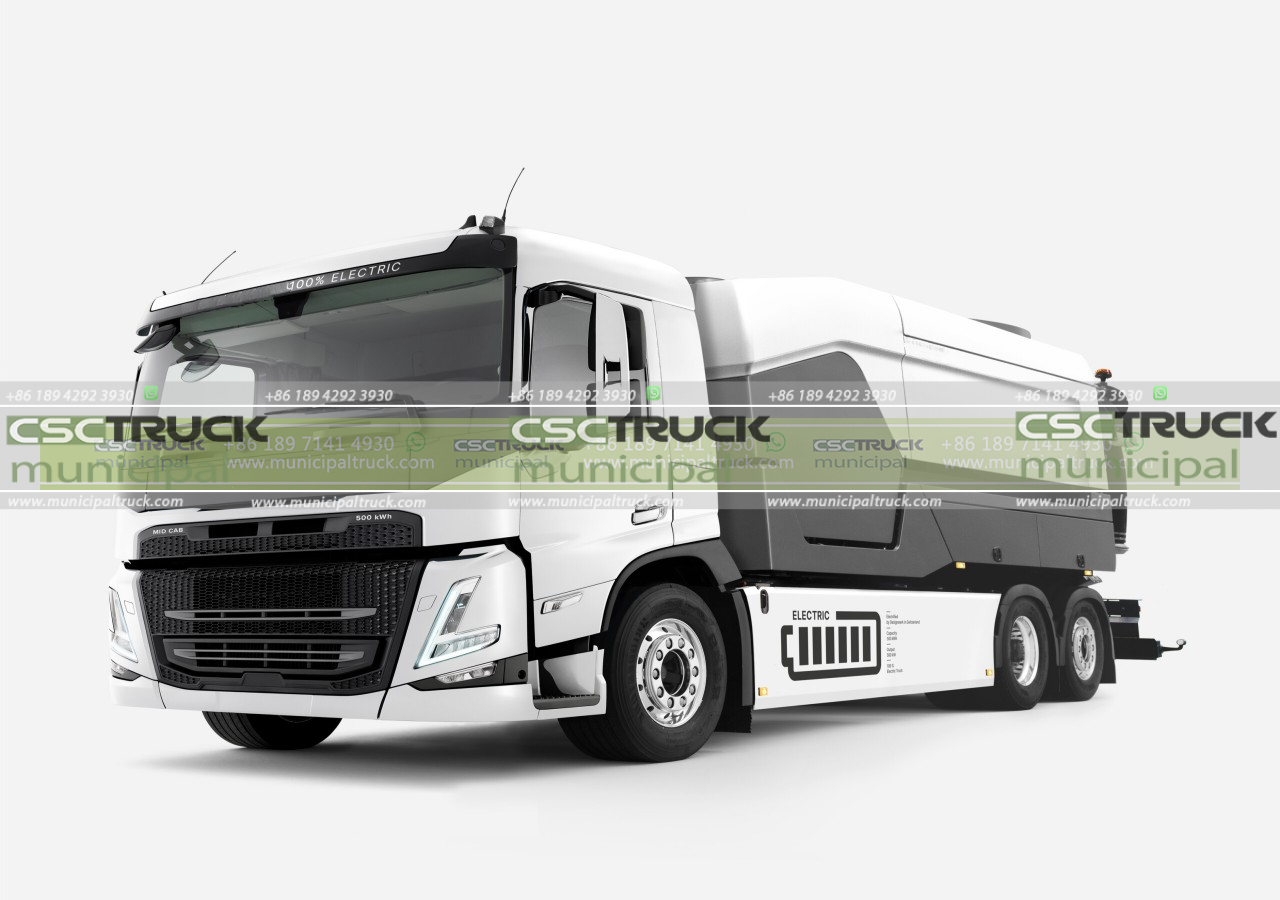 Furthermore, ongoing research and development in the field of sewage trucks continue to drive innovation. Efforts are being made to improve waste treatment and disposal processes, enhance recycling capabilities, and explore new technologies that can further improve the efficiency and effectiveness of sewage truck operations.
Furthermore, ongoing research and development in the field of sewage trucks continue to drive innovation. Efforts are being made to improve waste treatment and disposal processes, enhance recycling capabilities, and explore new technologies that can further improve the efficiency and effectiveness of sewage truck operations.
The history of sewage trucks highlights the significant advancements that have been made in public health and sanitation. These vehicles have played a crucial role in preventing the spread of disease, maintaining clean water supplies, and ensuring the well-being of communities worldwide.
Looking ahead, the future of sewage trucks promises even greater innovation and progress. As technology continues to evolve, we can expect further improvements in waste collection, treatment, and recycling processes. Additionally, the integration of artificial intelligence and automation may revolutionize sewage truck operations, optimizing routes, predicting maintenance needs, and improving overall efficiency.
In conclusion, the history of sewage trucks showcases a remarkable journey of innovation and progress. From humble horse-drawn carriages to modern, technologically advanced machines, sewage trucks have come a long way in their mission to maintain public health and sanitation. As we move forward, it is essential to continue investing in research and development, embracing sustainable practices, and leveraging emerging technologies to ensure a cleaner and healthier future for all.
Contact us for this municipal truck or similar trucks: [email protected] Call us or What's APP us: +86 189 4292 3930
